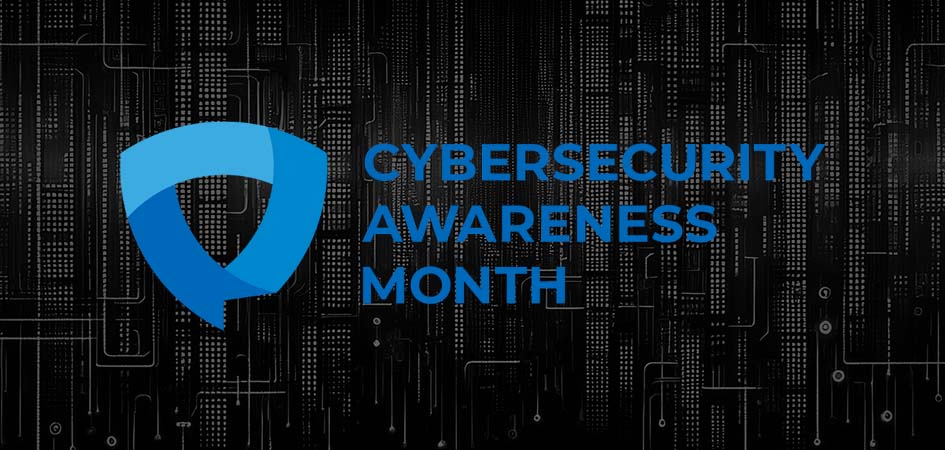Cybersecurity Awareness Month: The Great Offensive Security/Active Defense Strategy

Trustwave Research Reveals Cybersecurity Risks Threatening Patient Lives in Healthcare. Learn More
Get access to immediate incident response assistance.
Get access to immediate incident response assistance.
Trustwave Research Reveals Cybersecurity Risks Threatening Patient Lives in Healthcare. Learn More

It’s Cybersecurity Awareness Month and you know what that means. We spend every spare hour waiting for The Great Pumpkin.
As many of us know, (and we’re going to stretch this analogy to the limit) Linus actively created an environment that would attract The Great Pumpkin by establishing the sincerest pumpkin patch in the neighborhood. Furthermore, he went on the offensive to attract others to his belief that The Great Pumpkin would appear on Halloween night. With only Sally falling for his story.

An active defense goes beyond traditional defensive measures like firewalls and intrusion detection systems. It involves proactively detecting, disrupting, and countering adversaries while gathering intelligence about their tactics, techniques, and procedures (TTPs). Let's discuss some of these methods.
An active defense seeks to create a hostile environment for attackers, making it difficult for them to operate and increasing the chances of detection and disruption. At the same time, active defenders place the cyber equivalent of a trip wire in the system, one that encourages an attacker to touch, thus triggering an alert for the security team. These can include:
Deception is a valuable tool in active defense strategies. One straightforward deception method involves creating a user account with no roles or privileges. While this account cannot be used for legitimate authentication, any attempt by a threat actor to log in is immediately logged, alerting the SOC to unauthorized activity. This approach is more effective than standard user authentication failures because no legitimate user should be accessing this account, making all login attempts clear indicators of a threat.
Perhaps counterintuitively, offensive security is more about attacking oneself to check for weaknesses. The is accomplished by proactively engaging with potential security threats by employing ethical hacking, penetration testing, and red team exercises to uncover system vulnerabilities ahead of malicious actors. Proactive: Focuses on identifying vulnerabilities before attackers exploit them. In short, offensive security measures mimic real-world attack scenarios to assess system resilience, are risk-based, prioritized vulnerabilities based on potential impact, and should be part of a continuous process of testing, learning, and improvement.
These actions are accomplished with:
This is what every cyber defender wants adversaries to say after they are defeated by this strategy.
While offensive security and active defense may seem like opposing forces, they are in fact highly complementary. Offensive security provides valuable intelligence about an organization's vulnerabilities, which can inform active defense strategies. Conversely, active defense can help identify new attack vectors and techniques that can be incorporated into future offensive security assessments.
Organizations can significantly bolster their security posture by merging offensive and active defense strategies. This integrated approach offers several key advantages: enhanced threat detection, improved incident response, deeper threat intelligence, and a stronger security posture.
A deep understanding of attacker tactics gained through offensive operations can be leveraged to develop more sophisticated detection mechanisms, helping to identify threats earlier in the attack lifecycle.
Active defense measures can effectively contain attacks and mitigate their impact, enabling organizations to respond to incidents more swiftly and efficiently. Combining offensive and defensive perspectives provides a comprehensive view of the threat landscape, allowing organizations to anticipate emerging threats and adapt their defenses accordingly.
A proactive approach encompassing prevention, detection, and response capabilities creates a robust security framework, significantly reducing the overall risk of successful attacks.
Trustwave is a globally recognized cybersecurity leader that reduces cyber risk and fortifies organizations against disruptive and damaging cyber threats. Our comprehensive offensive and defensive cybersecurity portfolio detects what others cannot, responds with greater speed and effectiveness, optimizes client investment, and improves security resilience. Learn more about us.
Copyright © 2025 Trustwave Holdings, Inc. All rights reserved.